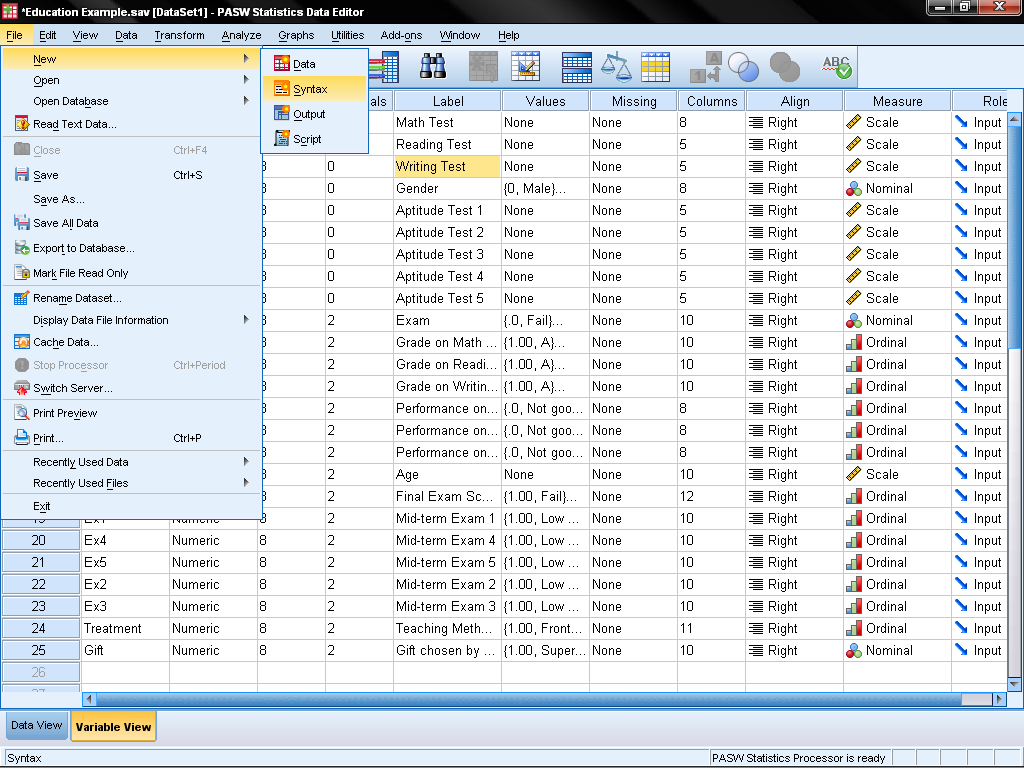Canonical Correlation Analysis Software
Posted By admin On 14/09/18
Canonical correlation analysis determines a set of canonical variates, orthogonal linear combinations of the variables within each set that best explain the variability both within and between sets. This page uses the following packages. Canonical correlation analysis determines a set of canonical variates, orthogonal linear combinations of the variables within each set that best explain the variability both within and between sets. This page uses the following packages.
Dataset for canonical correlation analysis An Excel sheet with both the data and the results can be downloaded by clicking. The data used in this tutorial are measurements done on middle-aged men in a health fitness club (Dr. Linnerud, NC State University). There are two sets of data about the men: • The physiological data: • Weight • Waist • Pulse • The exercises the men did: • Chins • Situps • Jumps Set up of the canonical correlation analysis Go to the Multiblock Data Analysis menu, and select the function Canonical Correlation Analysis. In the General tab, determine the two datasets. Y1 corresponds to the physiological data stored in the columns B to D.
Y2 corresponds to the exercise data which are in the columns E to G. The columns have a label so leave the option Column labels ticked. You can add the Observation labels by ticking the corresponding option and selecting the column A. Canon Ir2017j Photocopier Driver on this page. In the Options tab, verify that both datasets will be centered and reduced. For the Outputs select them all. Choose as well to display the unique plot available in the Charts tab.
Press OK once these selections are done. When prompted, opt for the display of the plot with Factor 1 and Factor 2. Download Aplikasi Whatsapp Untuk Hp Nokia Asha 302. Notice that the explained variance is 99.22%. Results of the canonical correlation analysis The first result after the descriptive statistics is the correlation matrix. Note the strong correlation between the weight and the waist (0.870) in the first table, and sit-up’s and jumps (0.669) and sit-up’s and chins (0.696) in the second table. The correlations between both tables are rather small except Waist and sit-up’s (-0.646) and chins (-0.552). The Eigenvalues show that the first factor alone explains 93% of the variability.